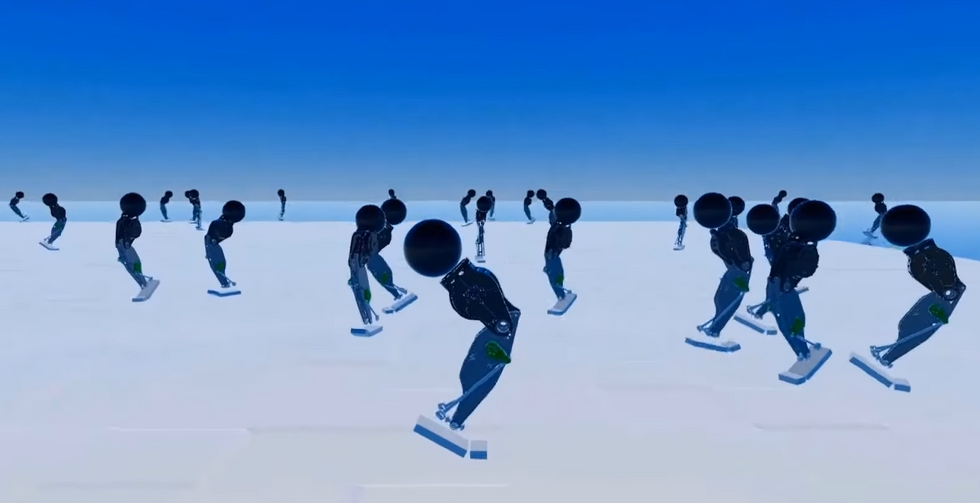Now Reading: Hope Takes Flight
-
01
Hope Takes Flight
Hope Takes Flight

Quick Summary:
- Dona Bertarelli’s Advocacy: Renowned sailor, philanthropist, and ocean advocate Dona Bertarelli emphasizes ocean conservation by reimagining humans as caretakers rather than exploiters.
- Threats to oceans: Key threats include biodiversity decline (70% drop in wildlife populations since 1970), overfishing, coral bleaching, pollution, and ineffective protection measures. Only 8.3% of oceans are classified as Marine Protected Areas; highly protected ones make up just 2.7%.
- 30×30 Target: The global goal to protect 30% of land and seas by 2030 is critical but requires accelerated implementation.
- High Seas Treaty & deep-Sea Mining Moratorium: Bertarelli advocates ratifying the treaty for governance over international waters and halting mining in one of Earth’s last untouched ecosystems.
- Storytelling & Science Synergy: she highlights how storytelling backed by science can engage public action for ocean conservation through emotional connections.
- Sailing Metaphor for Conservation Challenges: Sailing teaches humility, adaptation to nature’s forces, and critical long-term decision making analogous to solving climate issues.
Images included:
- A maxim-trimaran sailing near Cape Horn during challenging weather conditions (Courtesy of Sails of Change / G. Lebec).
- Dona Bertarelli scuba diving with manta rays showcasing the emotional connection with marine life (Courtesy of Dona Bertarelli Philanthropy).
Indian Opinion Analysis:
Dona Bertarelli’s insights are deeply relevant for India’s coastal ecosystems due to its vast coastline spanning over 7,500 kilometers across nine states and two union territories reliant on oceanic health for livelihoods like fishing and tourism. Implementing goals like the “30×30 target” could bolster national initiatives such as marine protected areas under India’s Blue Economy plan.
India could contribute substantially toward treaties like the High Seas Treaty while aligning them with local governance frameworks addressing illegal fishing practices or deteriorating coral reef systems along shores like Andaman Islands or Goa’s waters.
The emphasis on storytelling resonates strongly given India’s cultural reliance on narratives-combining local fisher community experiences with scientific evidence from institutes like NIOT ensures effective grassroots engagement.
Promoting adaptive environmental strategies akin to what sailing symbolizes holds practical value amidst recurring cyclones affecting Odisha/west Bengal coastal zones-a stark reminder that nature dictates balance rather than brute strength against climate change challenges uniquely impacting India’s maritime zones sustainably globally backdrop wise
























